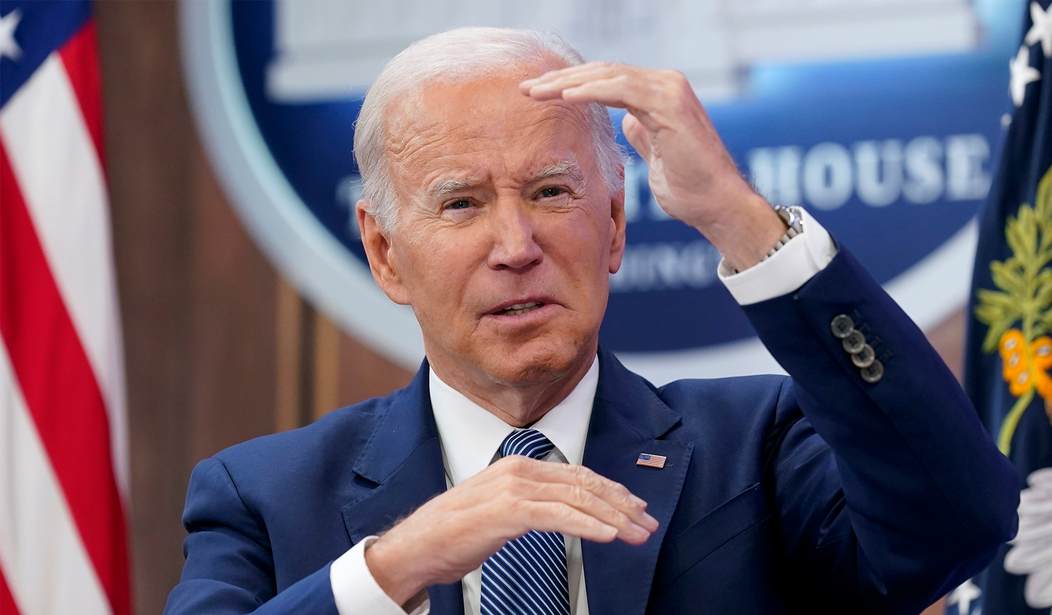Welcome to Bizarro World, an environment transformed by inflation and the need to correct monetary policy to the point where more jobs may be bad news. The US economy beat expectations in today’s BLS jobs report, which sounds like great news, except that it likely will keep pressure on the Fed to keep hiking interest rates.
The ironic silver lining might be a boost to the unemployment rate:
Total nonfarm payroll employment increased by 261,000 in October, and the unemployment rate rose to 3.7 percent, the U.S. Bureau of Labor Statistics reported today. Notable job gains occurred in health care, professional and technical services, and manufacturing. …
The unemployment rate increased by 0.2 percentage point to 3.7 percent in October, and the number of unemployed persons rose by 306,000 to 6.1 million. The unemployment rate has been in a narrow range of 3.5 percent to 3.7 percent since March.
The revisions over the last couple of months added 29,000 more jobs than previously reported, too. That puts the three-month average just shy of 290,000 jobs a month, which isn’t exactly the kind of deceleration the Fed wants to see from its interest-rate hikes. (They’re more concerned about the PCE index rate of inflation, of course, but that’s not budging from the 6.2% range it’s held for the last few months either.)
On the other hand, wages do appear to be slowing down, which is the worst of both worlds for workers in this economy:
In October, average hourly earnings for all employees on private nonfarm payrolls rose by 12 cents, or 0.4 percent, to $32.58. Over the past 12 months, average hourly earnings have increased by 4.7 percent. In October, average hourly earnings of private-sector production and nonsupervisory employees rose by 9 cents, or 0.3 percent, to $27.86.
In October, the average workweek for all employees on private nonfarm payrolls was 34.5 hours for the fifth month in a row. In manufacturing, the average workweek for all employees was little changed at 40.4 hours, and overtime decreased by 0.1 hour to 3.1 hours. The average workweek for production and nonsupervisory employees on private nonfarm payrolls held at 34.0 hours.
First off, the annualized wage growth for workers still falls well below the annualized inflation rates (8.2%, 6.3% core in CPI). It’s also below the wage growth rates from earlier this year, which ran in the 5-5.5% range in previous jobs reports. Furthermore, hours and overtime had shown incremental but steady growth earlier in the year, but apparently have stagnated. We may still be adding jobs, but that kind of stagnation would suggest that we’re approaching the end of the line for jobs expansion — although precisely when would still be a question.
NYT econ reporter Ben Casselman, who’s pretty reliable, notes that wage growth has been slowing for months. At the same time, he also points out what I have argued for well over a year — that the jobs recovery has fallen short of what it should dynamically have produced:
On a year-over-year basis, average hourly earnings growth has cooled markedly — up 4.7% in October, vs 5.6% in March. A lot of that slowdown came earlier this year, however — more recently, growth has been bouncing along at an annual rate of around 4%. pic.twitter.com/nkqLOGhxm0
— Ben Casselman (@bencasselman) November 4, 2022
Even as the gap grows between workers’ wages and overall inflation, the NYT’s Jeanna Smialek reports that it may not be enough for the Fed:
Average hourly earnings have recently been “flattening out at a level that’s well above the level that would be consistent over time with 2 percent inflation,” Jerome H. Powell, the Fed chair, said at a news conference this week. “The broader picture is of an overheated labor market where demand substantially exceeds supply.”
Jason Furman and Wilson Powell III, economists at Harvard, estimated in a research post this week that the pace of wage increases over recent months would be roughly consistent with a 3.6 percent inflation rate, using the Personal Consumption Expenditures index. That would be nearly twice the Fed’s target. Other wage measures would imply even higher inflation.
In other words, there’s nothing in this report that would convince the Fed to skip a meeting for the next interest-rate hike.
We can expect the White House to take a de rigueur victory lap over these results, but only because they beat expectations. CNBC’s Jeff Cox notes that this is still the weakest jobs report in over a year, and that the wage issue will make “victory” a little hard to sell to working-class Americans:
Nonfarm payrolls grew by 261,000 for the month while the unemployment rate moved higher to 3.7%, the Labor Department reported Friday. Those payroll numbers were better than the Dow Jones estimate for 205,000 more jobs, but worse than the 3.5% estimate for the unemployment rate.
Although the number was better than expected, it still marked the slowest pace of job gains since December 2020.
Average hourly earnings grew 4.7% from a year ago and 0.4% for the month, indicating that wage growth is still likely to serve as a price pressure as worker pay is still well short of the rate of inflation. The yearly growth met expectations while the monthly gain was slightly ahead of the 0.3% estimate.
The White House was likely hoping for a bigger topline for its short-term political needs in the midterms. The Fed was likely hoping for a much smaller topline in order to avoid another immediate intervention, which carries its own significant political risks. It’s safe to say that no one got what they needed out of this report, short term or otherwise, especially workers.







Join the conversation as a VIP Member